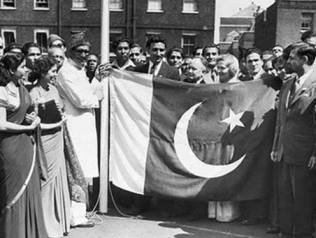Old beginning: On Pakistan politics
Shehbaz Sharif’s political difficulties are compounded by the economic crisis
There was no level playing field in Pakistan’s general elections on February 8, in which the Pakistan Tehreek-e-Insaf (PTI), the party of jailed former Prime Minister Imran Khan, barred from fielding candidates on its popular cricket bat symbol, was pitted against the military-backed Pakistan Muslim League-Nawaz (PML-N). Still, voters backed the PTI, whose independents emerged as the largest bloc in the National Assembly with 93 seats, while the PML-N ended up second with 75 seats. While the results sprung a surprise for many, the post -election manoeuvres have hardly been surprising. The PML-N has joined hands with the Pakistan People’s Party (PPP) and several smaller parties to form a coalition government, which leaves out the PTI. Shehbaz Sharif, who became Prime Minister as part of an anti-Imran Khan coalition after the cricketer-turned politician’s government was toppled in a no-confidence vote in April 2022, will return to the post. Maryam Nawaz, daughter of Nawaz Sharif, leader of the PML-N (Mr. Sharif is the elder brother of Mr. Shehbaz), has become the Chief Minister of Punjab, while Asif Ali Zardari, the former President and leader of the PPP, is likely to replace Pakistan President ArifAlvi (of the PTI). The coalition has the full support of Pakistan’s generals, while the PTI, which had accused the military of rigging in dozens of seats, says it will stay in opposition and mount legal challenges to the contested results.
In many ways, the new alliance is a replica of the previous coalition government. Mr. Shehbaz was widely unpopular as Prime Minister under whose watch Pakistan’s economic woes have multiplied — inflation stands at a punishing 30%, while the economy is run on a $3 billion lifeline the IMF provided last year. Foreign exchange reserves, despite improving, still stand at a low of $8.2 billion. The new government will have to restart talks with the IMF for a bailout package. Even if a deal is reached quickly, it is not going to be a magic bullet for Pakistan’s debt-laden economy, which is facing repayments worth $70 billion over the next three years. Moreover , the country is also facing growing security challenges in its border region with Afghanistan. That Mr. Shehbaz, instead of Mr. Nawaz who had a history of confrontation with the military, was chosen to lead the coalition suggests that the member parties and the power behind the scene prefer status quo . But the voters did not want the status quo. Also, if the military hoped that Mr. Khan and the PTI would be sidelined after the election, that is not going to happen. Mr. Shehbaz’s challenge is to lead a difficult coalition through choppy political waters while taking tough decisions to pull the economy out of what he calls “the hole it has fallen into”. A tall ask indeed .
